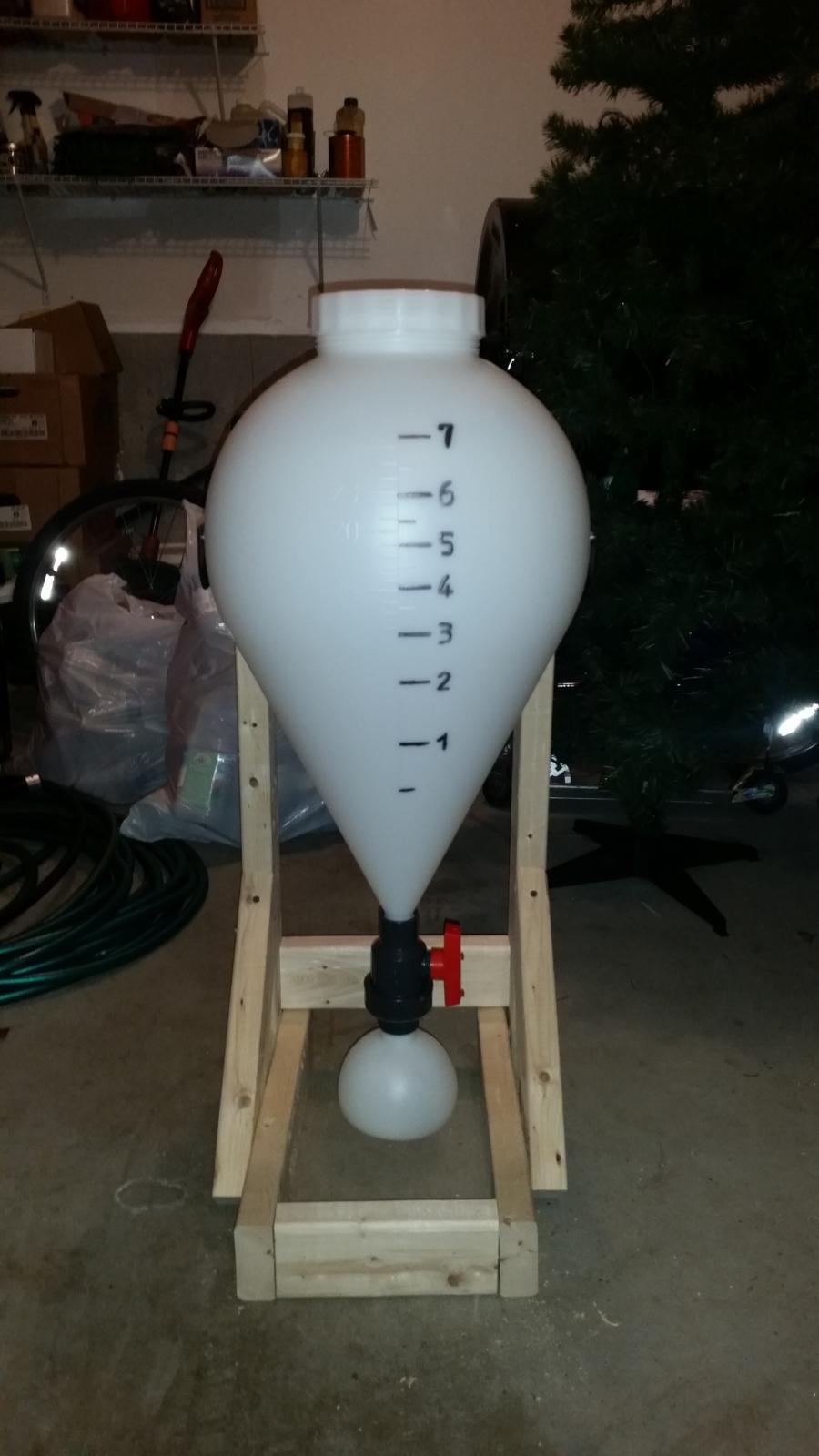ElmCityWobblyPops
Well-Known Member
The main reason I have number one is for yeast harvesting, I have never done this yet but will be starting. Just thinking that cleaning it is the easier it should be.
I just got one for Xmas as well, and I would have to agree to skip #1.
I would just put the ball on, pitch the yeast, let it ferment completely and then remove and clean the ball. Don't see the point in doing it repeatedly. When I collect yeast from a carboy, I just leave about an inch of beer on it, once the rest has been racked off. Swirl, and dispense into clean, sanitized mason jars, trub and all. Any hop trub and beer is going to protect the yeast. No need to go overboard on the cleaning.











































![Craft A Brew - Safale BE-256 Yeast - Fermentis - Belgian Ale Dry Yeast - For Belgian & Strong Ales - Ingredients for Home Brewing - Beer Making Supplies - [3 Pack]](https://m.media-amazon.com/images/I/51bcKEwQmWL._SL500_.jpg)
















